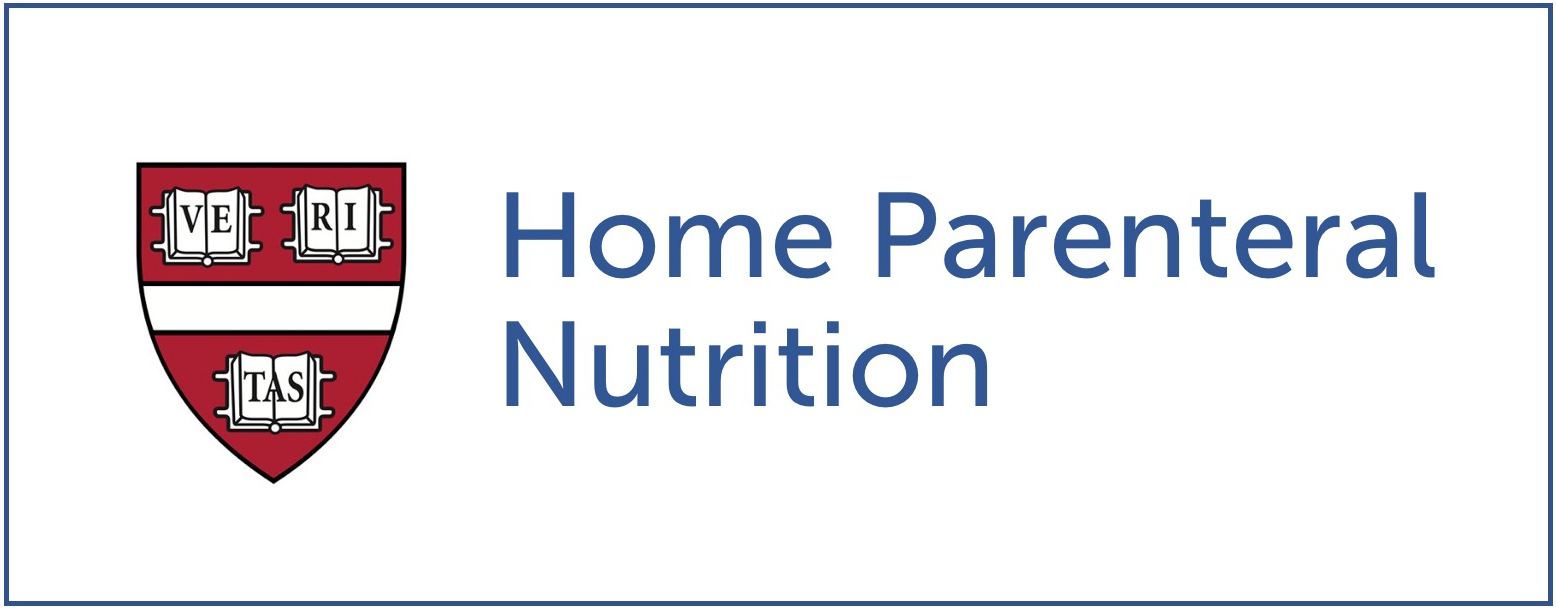Central venous access procedure complications
As HPN teams are often provide referrals for central line placement, it is important for team members to be familiar with the following common procedural complications:
- Arterial puncture
- Pneumothorax
- Cardiac tamponade
- Nerve lesions
- Thrombosis
- Infection
Vascular Catheter Location for Home Parenteral Nutrition Administration
- Ideal tip location = Junction of the superior vena cava & right atrium.
- Acceptable tip locations = superior vena cava including anywhere between the brachiocephalic and superior vena cava junction, as well as right atrium, or inferior vena cava.
- All other vascular tip locations = non-central.
The maximal osmolarity of parenteral nutrition for a non-central vascular catheter is 900 mosm/L.
Complications of infusing high osmolarity parenteral nutrition solution (>900 mosm/L) through non-central vascular catheter include:
- Phlebitis
- Thrombosis
- Thrombophlebitis
- Infiltration
- Extravasation
Other factors may contribute to risk of developing a complication:
- patient's vascular health status
- patient's receiving vessicant IV medications
ASPEN Board of Directors and the Clinical Guidelines Task Force. Guidelines for the use of parenteral and enteral nutrition in adult and pediatric patients. JPEN J Parenter Enteral Nutr. 2002 Jan-Feb;26(1 Suppl):1SA-138SA. Erratum in: JPEN J Parenter Enteral Nutr 2002 Mar-Apr;26(2):144. PubMed PMID: 11841046.
Tager IB, Ginsberg MB, Ellis SE, Walsh NE, Dupont I, Simchen E, Faich GA. An epidemiologic study of the risks associated with peripheral intravenous catheters. Am J Epidemiol. 1983 Dec;118(6):839-51. PubMed PMID: 6650485.
Thrombosis work-up
-
Careful past medical history and family history
-
Consider hematology referral
-
CBC
-
Coags
-
D-Dimer
-
Fibrinogen
-
CRP
-
Thrombosis panel (Anti-thrombin III, Protein C&S
-
Antigen/activity) BX3
-
Factor VIII L324) B
-
Anti-phospholipid antibody panel (send-out Quest 148908) B
-
Homocysteine (L1097) J
-
Lipoprotein A (L10212) J
-
Require genetic consent:
-
Factor V Leiden mutation (L62005)
-
MTHFR mutation (THF)
-
Prothrombin 20210 mutation
Thrombosis Prophylaxis
There's no clear indication to prescribe prophylaxis for HPN patients without other risk factors for thrombosis and no history of thrombosis. Small studies in children may show decreased rate of thrombosis and occlusion without increased rate of bleeding. Larger adult studies showed reduced thrombosis, but also carries significant complication risks. Therapies: Low molecular weight heparin (LMWH) Warfarin Aspirin Of note, there is little data to suggest adding to heparin to HPN solution decreases risk of thrombosis outside infancy. Macdougall L, Hanley J, Mountford C, Thompson NP. UK practice in the prevention of central venous catheter-associated thrombosis in adults on home parenteral nutrition. Frontline Gastroenterol. 2017 Jul;8(3):163-166. doi: 10.1136/flgastro-2015-100665. Epub 2017 Jan 6. PubMed PMID: 28839904; PubMed Central PMCID: PMC5558273.
Vegting IL, Tabbers MM, Benninga MA, Wilde JC, Serlie MJ, Tas TA, Jonkers CF, van Ommen CH. Prophylactic anticoagulation decreases catheter-related thrombosis and occlusion in children with home parenteral nutrition. JPEN J Parenter Enteral Nutr. 2012 Jul;36(4):456-62. doi: 10.1177/0148607111416482. Epub 2012 Jan 12. PubMed PMID: 22245761.
Barco S, Heuschen CB, Salman B, Brekelmans MP, Serlie MJ, Middeldorp S, Coppens M. Home parenteral nutrition-associated thromboembolic and bleeding events: results of a cohort study of 236 individuals. J Thromb Haemost. 2016 Jul;14(7):1364-73. doi: 10.1111/jth.13351. Epub 2016 Jun 13. PubMed PMID: 27122107.
